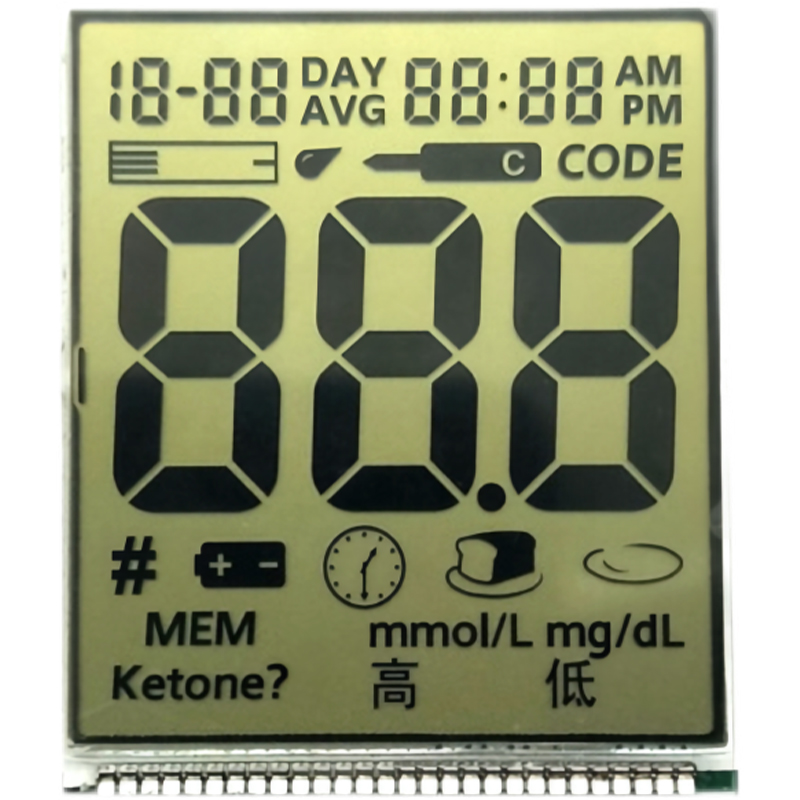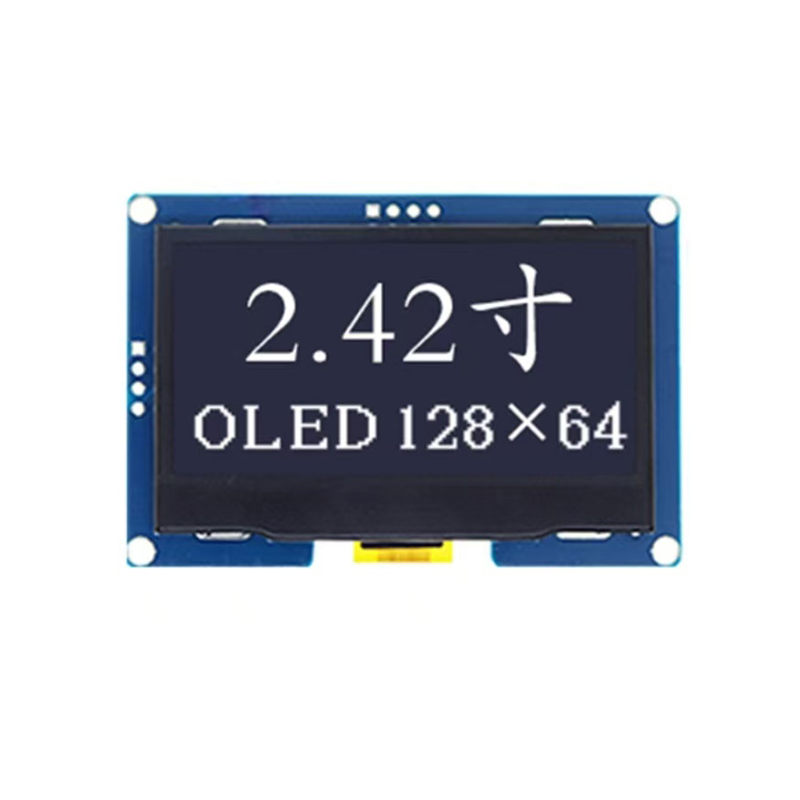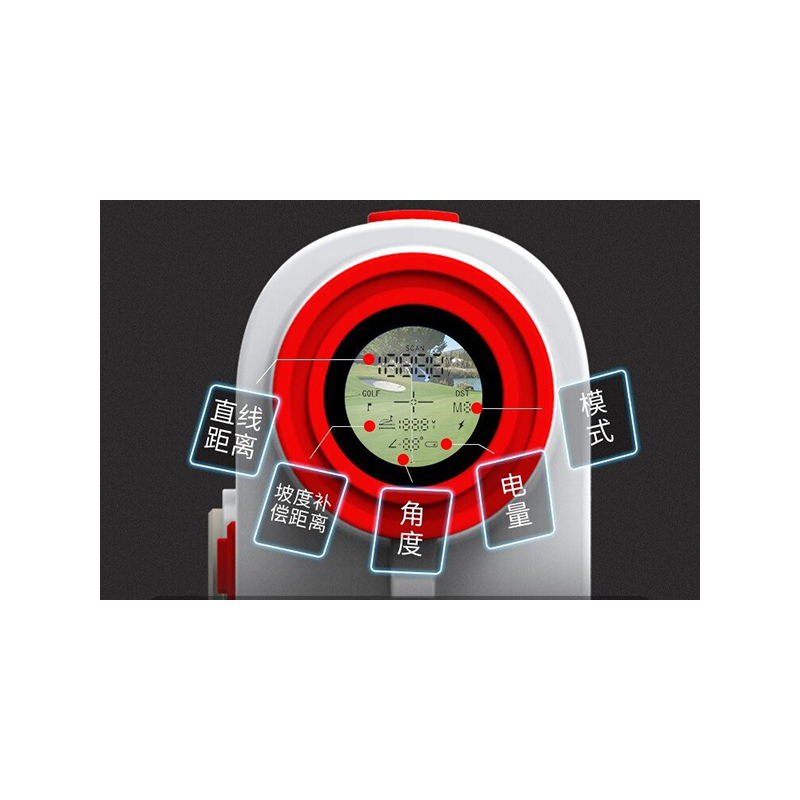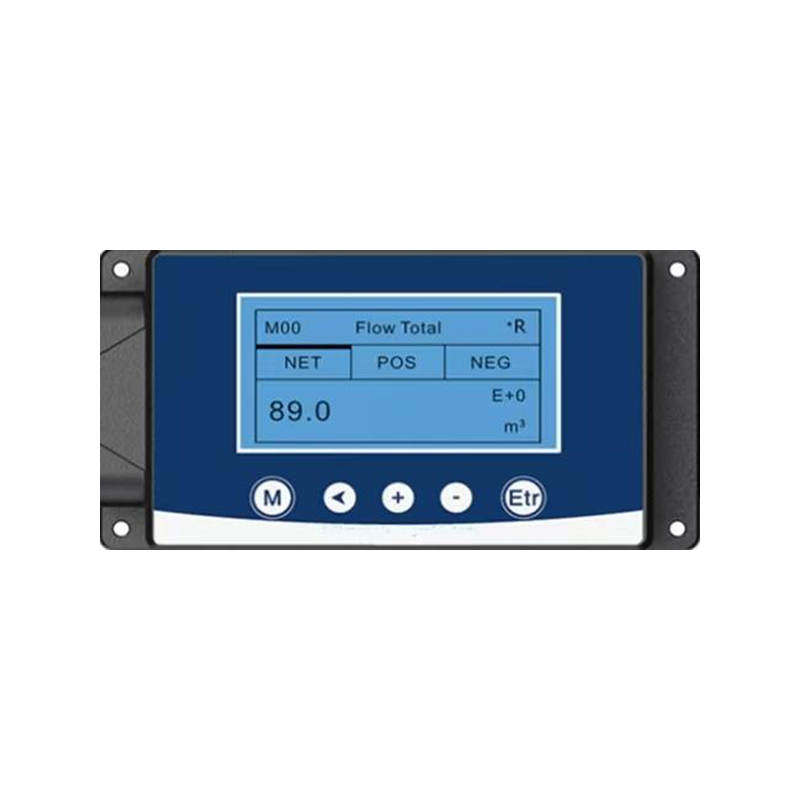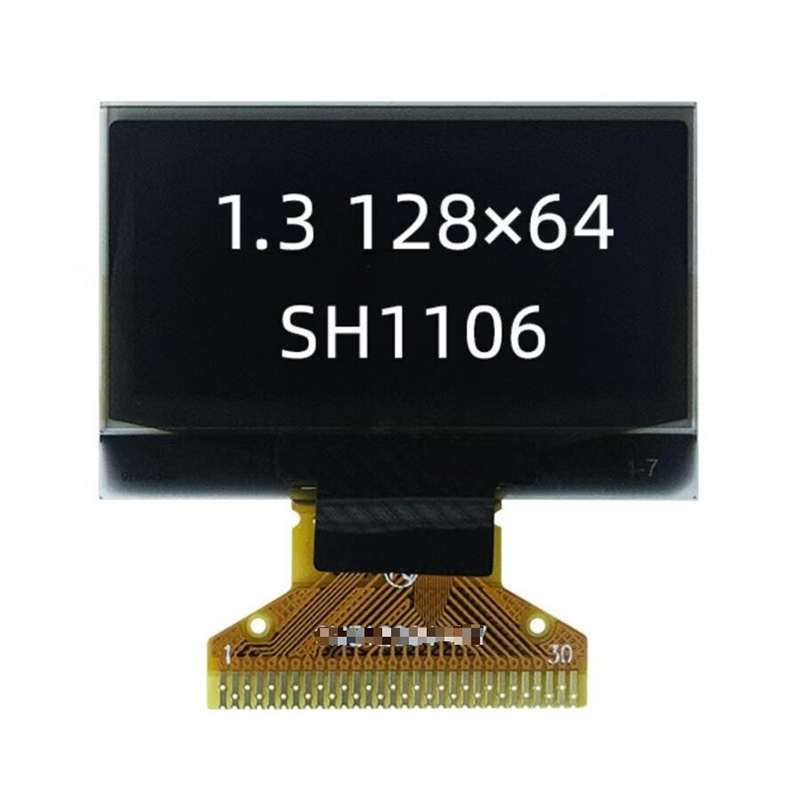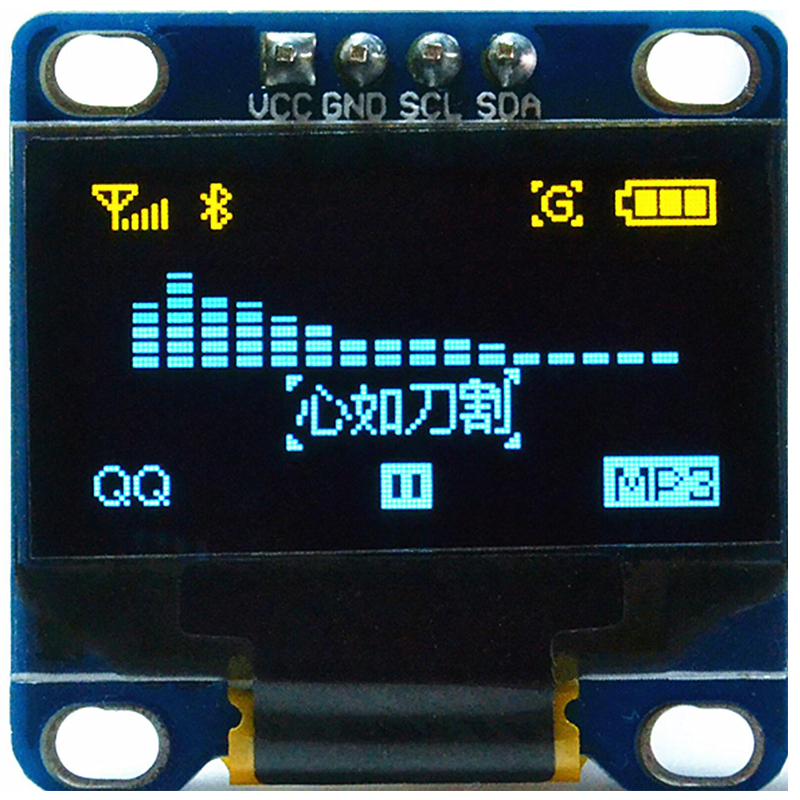# Flexible OLED Display: A Comprehensive GuideThis article provides a detailed overview of flexible OLED displays, exploring their technology, applications, advantages, disadvantages, and future trends. We'll delve into the manufacturing process, key features, and compare them to other display technologies. Learn how flexible OLED displays are transforming various industries and what to expect in the future.
Understanding Flexible OLED Technology
What are Flexible OLED Displays?
Flexible OLED displays (Organic Light-Emitting Diodes) are a type of display technology that uses organic compounds to emit light. Unlike traditional LCDs, OLEDs do not require a backlight, resulting in deeper blacks, higher contrast ratios, and superior color accuracy. The flexible aspect refers to the ability of the display panel to be bent, folded, or even rolled without compromising its functionality. This flexibility opens up a wide range of design possibilities previously unavailable with rigid displays. The key to this flexibility lies in the use of flexible substrates, often plastic, instead of the traditional glass substrates used in rigid OLEDs. This allows for thinner, lighter, and more durable displays.
How Flexible OLED Displays Work
The process begins with a thin layer of organic compounds sandwiched between two electrodes. When an electric current is applied, these organic compounds emit light. Each pixel in the display is individually controlled, allowing for precise control over brightness and color. The flexibility comes from the substrate material, which allows for the bending and shaping of the display. The encapsulation layer is crucial for protecting the delicate organic materials from moisture and oxygen, ensuring a long lifespan.
Manufacturing Process of Flexible OLED Displays
The manufacturing process of
flexible OLED displays is complex and requires specialized equipment and cleanroom environments. It involves several key steps, including substrate preparation, organic layer deposition, electrode patterning, encapsulation, and module assembly. Advanced techniques like inkjet printing and thin-film encapsulation are crucial for achieving the desired flexibility and durability. Companies like Dalian Eastern Display Co., Ltd. (
https://www.ed-lcd.com/) are at the forefront of developing and manufacturing high-quality
flexible OLED displays.
Advantages and Disadvantages of Flexible OLED Displays
Advantages
- Flexibility: Enables innovative designs and form factors.
- Superior Image Quality: Deeper blacks, higher contrast, and wider viewing angles than LCDs.
- Energy Efficiency: Lower power consumption compared to LCDs, especially at lower brightness levels.
- Thin and Lightweight: Allows for lighter and more portable devices.
- Fast Response Time: Results in smoother motion and reduced motion blur.
Disadvantages
- Higher Cost: Currently more expensive to manufacture than LCDs.
- Burn-in Potential: Static images can potentially cause a permanent image retention (burn-in), though improvements in technology are mitigating this issue.
- Limited Durability: While more durable than previously, they are still susceptible to scratches and damage.
- Manufacturing Complexity: Requires specialized and costly manufacturing processes.
Applications of Flexible OLED Displays
Consumer Electronics
Flexible OLED displays are rapidly gaining popularity in consumer electronics, including smartphones, smartwatches, and tablets. Their flexibility allows for the creation of foldable and rollable devices, offering a new level of user interaction and convenience.
Automotive
The automotive industry is embracing
flexible OLED displays for instrument clusters, infotainment systems, and head-up displays. Their superior image quality and thin profile make them ideal for creating immersive and driver-friendly interfaces.
Wearable Technology
Wearable devices like smartwatches and fitness trackers are benefiting from the flexibility and energy efficiency of
flexible OLED displays, enabling the creation of comfortable and stylish wearables with enhanced functionality.
Future Trends in Flexible OLED Displays
Ongoing research and development are focused on further improving the efficiency, durability, and cost-effectiveness of
flexible OLED displays. Advancements are expected in areas such as: Improved durability and lifespan: Research into more robust encapsulation techniques and substrate materials. Higher resolution and brightness: Development of new organic materials and improved manufacturing processes. Lower manufacturing costs: Optimization of production processes to reduce costs. New form factors: Exploring applications in transparent, stretchable, and 3D displays.
Conclusion
Flexible OLED displays represent a significant advancement in display technology, offering superior image quality, flexibility, and energy efficiency. While challenges remain in terms of cost and durability, ongoing innovations promise to overcome these limitations and further expand the applications of this transformative technology. The future of
flexible OLED displays is bright, with exciting possibilities for a wide range of industries.



